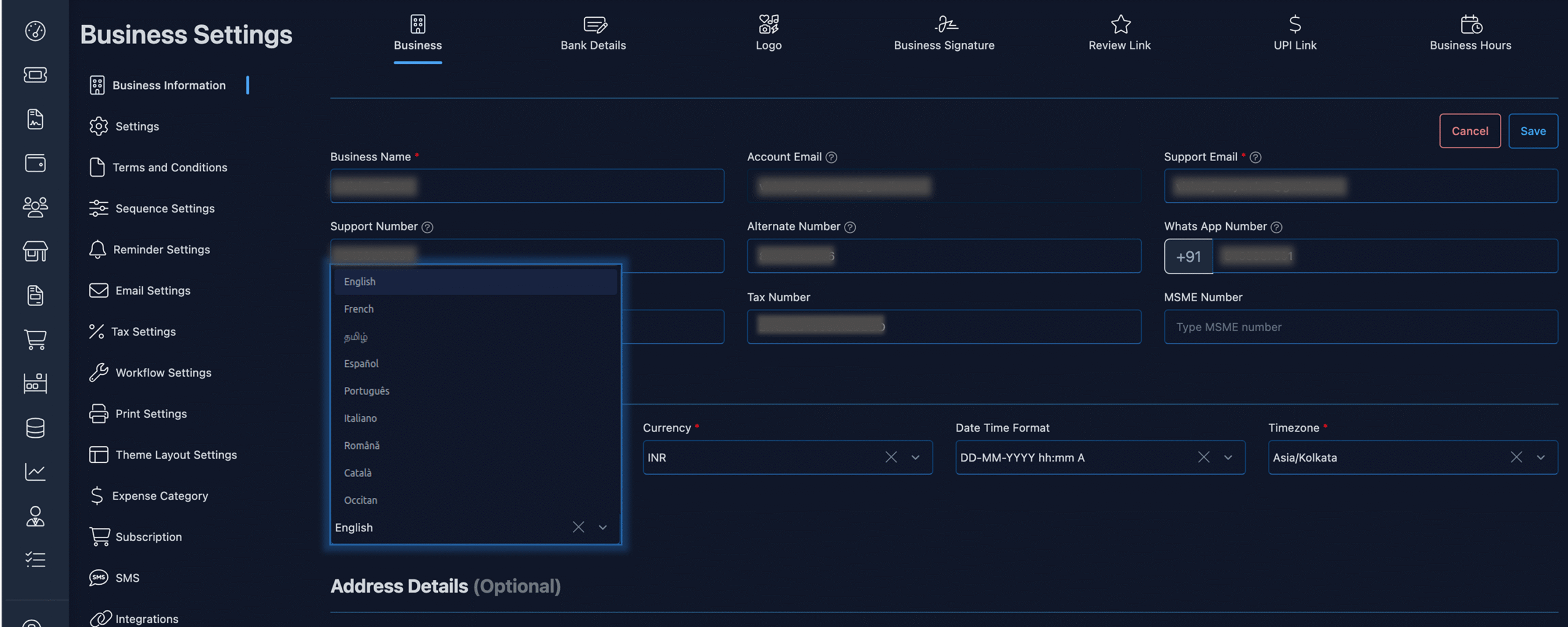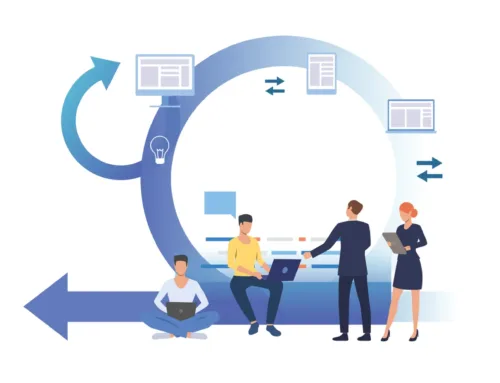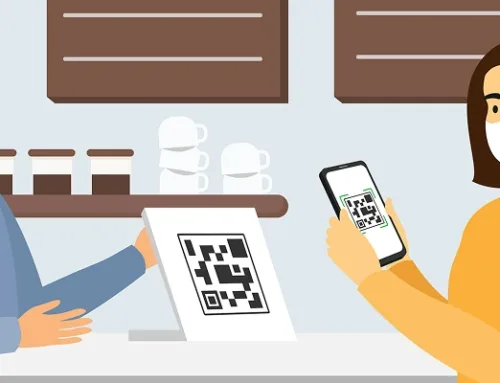Breaking Barriers: The Power of Language Support in CRM and Why Your Team Needs It

Introduction
In today’s interconnected business world, your team might span continents, your customers might speak a myriad of languages, and your business goals might reach far beyond local borders. In such a dynamic environment, a Customer Relationship Management (CRM) system is your central nervous system. But what happens when that central system doesn’t “speak” everyone’s language?
This is where the power of comprehensive CRM language support comes into play. It’s not just a nice-to-have feature; it’s a fundamental requirement for truly effective customer engagement and internal team collaboration. A CRM that allows each user to set their preferred language isn’t just inclusive—it’s a strategic advantage.
Why is Multi-Language Support Crucial for Your CRM?
Think about your team and your customers. Even within a country as diverse as India, or expanding to global markets, language differences can create friction. Here’s why native language support in your CRM is a game-changer:
1. Boosts User Adoption & Productivity
Imagine navigating a complex system in a language that’s not your primary one. It’s frustrating, slows you down, and increases the chance of errors. When your sales reps, customer service agents, and marketing teams can interact with the CRM in their native tongue:
- Reduced Learning Curve: New users onboard faster and understand features more intuitively.
- Increased Efficiency: Tasks are completed more quickly and accurately, leading to higher productivity.
- Enhanced Comfort & Engagement: Users feel more comfortable and empowered, leading to higher system utilization and better data input.
2. Elevates Customer Experience and Satisfaction
Your CRM is all about your customers. When your customer-facing teams are comfortable and confident in their CRM, that professionalism translates directly to the customer:
- Clearer Communication: Agents can better understand customer queries and articulate solutions without language barriers within the system.
- Personalized Service: Knowing your team is operating in a comfortable language allows them to focus more on the customer’s needs and less on translating CRM fields.
- Stronger Relationships: Customers appreciate interacting with a business that values clear communication and efficient service, directly influenced by a well-utilized CRM.
3. Drives Global Expansion and Competitive Advantage
For businesses with international ambitions, multilingual CRM is non-negotiable:
- Expanded Market Reach: You can easily manage customer relationships in diverse linguistic markets.
- Improved International SEO: While not direct, a company known for its multilingual approach can attract more global talent and customers who seek such inclusivity.
- Cultural Sensitivity: It allows for better understanding of regional nuances when data is presented in a familiar context.
4. Ensures Data Accuracy and Consistency
Misunderstandings in terminology can lead to incorrect data entry. A consistent language environment within the CRM for each user ensures:
- Fewer Errors: Reducing language-induced mistakes in customer records, sales pipelines, and service tickets.
- Standardized Processes: Even if individual users view the interface in different languages, the underlying data structure remains consistent, ensuring reporting integrity.
The Power of Personalization: How Users Set Their Own Language in CRM
The best CRMs don’t just offer multiple languages; they empower each individual user to select their preferred language for the interface. This typically happens through simple, intuitive steps:
- Access User Profile/Settings: Most CRMs provide a personal settings or profile section, usually found by clicking on the user’s name or avatar in the top corner.
- Locate Language Preferences: Within the settings, there’s usually a dedicated “Language” or “Regional Settings” option.
- Select Desired Language: A dropdown menu or list displays all available languages. The user simply selects their preference.
- Save Changes: After selection, the user clicks a “Save” or “Apply” button. Often, a quick log-out and log-in are required for the changes to take full effect across the entire interface.
This user-centric approach to language settings ensures that everyone on your team, from the sales executive in Pune speaking Marathi to the support agent in London speaking English, can engage with the CRM most effectively.
A modern CRM like BytePhase understands the diverse linguistic needs of today’s businesses. By offering robust language support and the flexibility for individual users to set their preferred language, BytePhase empowers your entire team to:
- Work more efficiently and accurately.
- Provide exceptional, personalized customer service.
- Collaborate seamlessly across linguistic boundaries.
- Contribute to your business’s growth, whether locally in India or on a global scale.
In a world where connection is key, a CRM that speaks your team’s language isn’t just good software – it’s good business.













